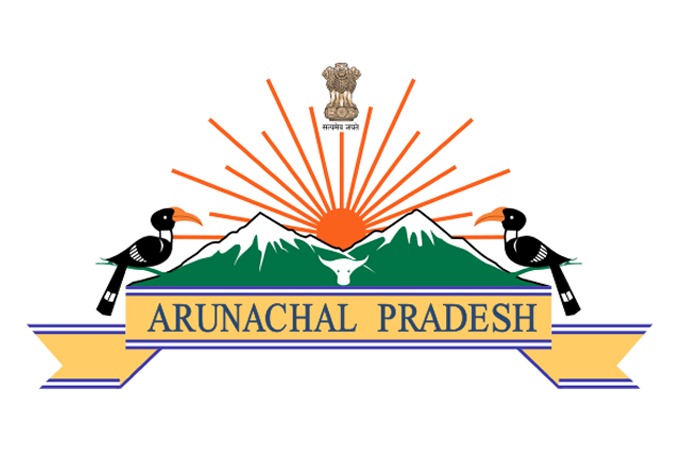Frequently Asked Questions
FAQs
PM-SHRI (Pradhan Mantri Schools for Rising India) Schools are a part of an initiative by the Government of India under the Samagra Shiksha program, designed to provide world-class education with modern infrastructure, technology-driven learning, and holistic development for students. These schools serve as models for academic excellence across the country.
PM-SHRI Schools are equipped with state-of-the-art infrastructure, digital learning tools, and highly trained teachers. They focus on holistic education by integrating academics with sports, arts, and life skills development. The schools aim to provide a comprehensive learning experience to students, preparing them for future challenges.
PM-SHRI Schools are open to all children in Arunachal Pradesh. The schools aim to offer inclusive education, ensuring that children from all backgrounds, including those from marginalized and economically disadvantaged communities, have access to quality education.
PM-SHRI Schools follow the curriculum prescribed by the National Council of Educational Research and Training (NCERT), aligned with the National Education Policy (NEP) 2020. The curriculum incorporates innovative teaching methods, experiential learning, and a focus on both academic and personal development.
Technology plays a central role in the teaching and learning process at PM-SHRI Schools. Each school is equipped with digital learning tools, smart classrooms, and interactive platforms that engage students in a modern, interactive, and personalized learning experience.
Yes, PM-SHRI Schools are designed to be inclusive and cater to students with diverse learning needs. Special provisions, including accessibility features, personalized learning plans, and trained educators, are in place to support students with disabilities.
In addition to academics, PM-SHRI Schools place a strong emphasis on extracurricular activities such as sports, arts, music, drama, and life skills development. These activities help nurture creativity, physical fitness, and leadership qualities among students.
Parental involvement is encouraged through regular meetings with teachers, parent-teacher associations (PTAs), and community engagement initiatives. Parents are integral to the learning process and play a vital role in ensuring the academic and personal growth of their children.
PM-SHRI Schools are primarily government-funded, and the education provided is free of cost for eligible students. However, there may be minimal charges for specific activities like excursions, extracurricular programs, or optional courses. Please contact the specific school for detailed information.
Teachers at PM-SHRI Schools undergo continuous professional development to stay updated with the latest teaching methodologies, educational technology, and best practices. Regular workshops, training sessions, and collaboration with experts help ensure they are well-equipped to provide high-quality education.
Yes, PM-SHRI Schools are being established in various parts of Arunachal Pradesh, including remote areas. The initiative aims to improve access to quality education across the state, ensuring that children from all geographical locations benefit from the scheme.
The admission process for PM-SHRI Schools varies by location. Interested parents can visit the respective school's website or contact the school administration for detailed information about the admission procedure, eligibility criteria, and deadlines.
The Government of Arunachal Pradesh plans to expand the PM-SHRI Schools network, ensuring that more students have access to high-quality education. The goal is to continuously improve infrastructure, integrate technology, and provide further opportunities for skill development and holistic growth.
You can stay updated by regularly visiting the official website of PM-SHRI Schools Arunachal Pradesh. We also share news, events, and announcements through social media channels, newsletters, and notifications sent to parents and communities.
We welcome active community involvement and support from local stakeholders. You can contribute by participating in school events, supporting extracurricular activities, or volunteering for educational programs. Additionally, donations for school development are always appreciated, subject to government guidelines.

